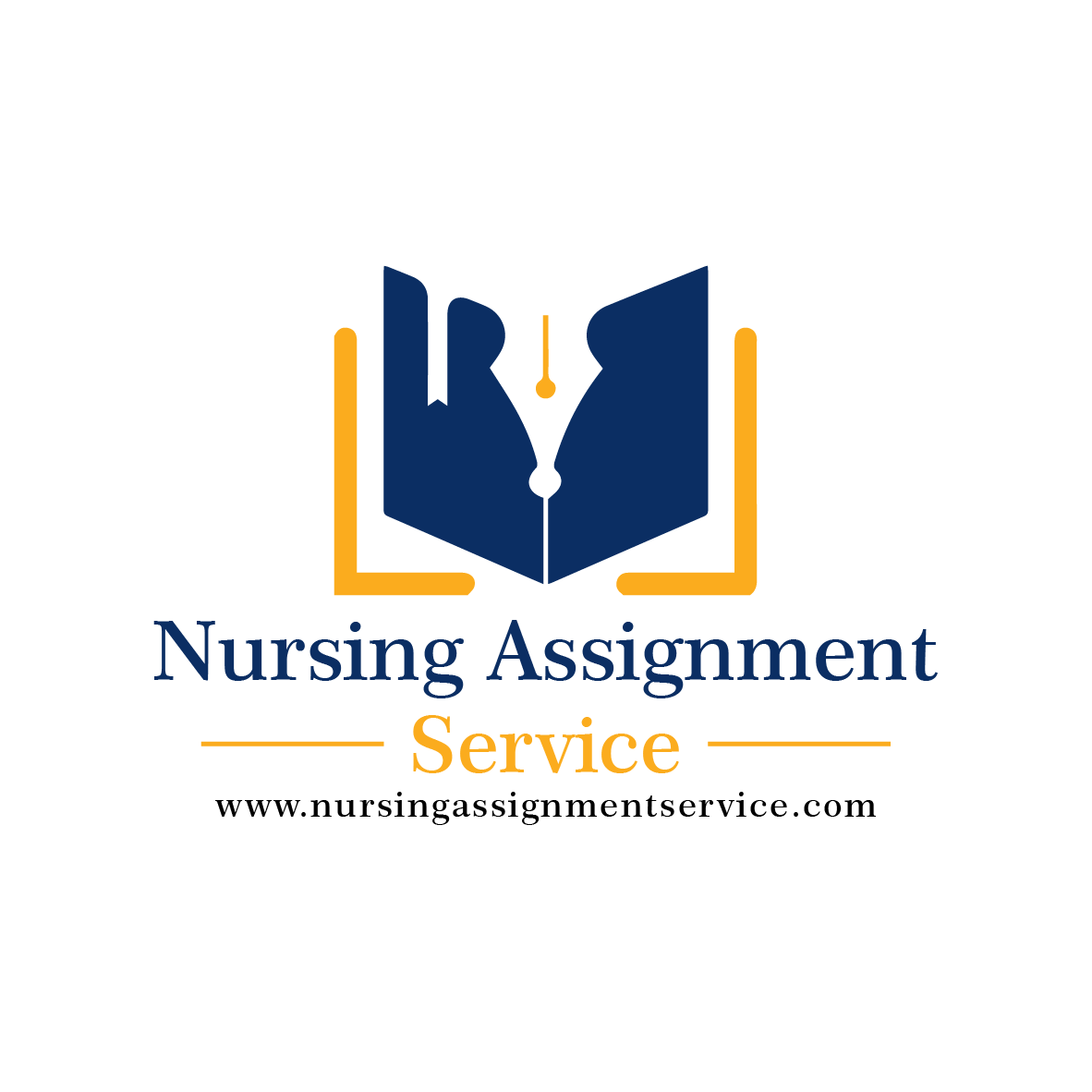NR 511 Week 5 Discussion : Barriers to Preventative Care
Discussion
Purpose
The purpose of the graded collaborative discussions is to engage faculty and students in an interactive dialogue to assist the student in organizing, integrating, applying, and critically appraising scholarly literature.
Meaningful dialogue among faculty and students fosters the development of a learning community as ideas, perspectives, and knowledge are shared.
This discussion will support the professional formation of the nurse practitioner role.
Course Outcomes
This assignment enables the student to meet the following course outcomes:
- CO 2: Identify appropriate patient diagnostic tools with consideration of the costs, risks, and benefits to individuals. (PO 5)
- CO 3: Analyze clinical practice guidelines for application in the primary care setting. (PO 5)
- CO 6: Demonstrate novice level proficiency in prioritizing patient needs. (PO 5)
Due Date
Initial posts are due to the discussion forum by Wednesday at 11:59 p.m. MT. Peer responses are due by Sunday at 11:59 p.m. MT. Students must post on a minimum of two separate days. A 10% late penalty will be imposed for discussions posted after the deadline Wednesday at 11:59 p.m. MT, regardless of the number of days late. NOTHING will be accepted after 11:59 p.m. MT on Sunday (i.e., the student will receive an automatic 0).
Total Points Possible
This discussion is worth a total of 50 points.
Preparing the Assignment
Follow these guidelines when completing each component of the assignment. Contact your course faculty if you have questions.
Include the following sections:
- Application of Course Knowledge: Answer all questions/criteria with explanations and detail.
- Preventive care and screenings are essential components to primary practice. Identify your clinical practicum setting (primary care office, urgent care, etc.) and a population that you typically see (i.e., adolescents, women, older adults). Use the US Preventative Services Task Force Links to an external site. or HealthyPeople 2030Links to an external site. to describe two preventative care screenings recommended for the identified population.
- Discuss the preventative care provided at your clinical practicum site by addressing the following:
- What guidelines do providers use to determine which screenings to offer?
- How would you describe the quality of the preventative care you have observed? Have you observed disparities or bias in the care provided to different members of the population?
- How are screening recommendations presented to patients? How do providers address health literacy and the National Standards for Culturally and Linguistically Appropriate Services (CLAS) in Health and Health CareLinks to an external site. when providing patient education about screenings?
- Screening opportunities are often missed in vulnerable populations and those with limited access to care. Describe changes you recommend in your practice setting and community to increase the frequency of preventative screenings within vulnerable populations.
- Integration of Evidence: Integrate relevant scholarly sources as defined by program expectations:
- Cite a scholarly source in the initial post.
- Cite a scholarly source in one faculty response post.
- Cite a scholarly source in one peer post.
- Accurately analyze, synthesize, and/or apply principles from evidence with no more than one short quote (15 words or less) for the week.
- Include a minimum of two different scholarly sources per week. Cite all references and provide references for all citations.
- Engagement in Meaningful Dialogue: Engage peers and faculty by asking questions, and offering new insights, applications, perspectives, information, or implications for practice.
- Peer Response: Respond to at least one peer on a topic other than the initially assigned topic.
- Faculty Response: Respond to at least one faculty post.
- Communicate using respectful, collegial language and terminology appropriate to advanced nursing practice.
- Professionalism in Communication: Communicate with minimal errors in English grammar, spelling, syntax, and punctuation.
- Reference Citation: Use current APA format to format citations and references and is free of errors.
- Wednesday Participation Requirement: Provide a substantive response to the graded discussion topic (not a response to a peer or faculty), by Wednesday, 11:59 p.m. MT of each week.
- Total Participation Requirement: Provide at least three substantive posts (one to the initial question or topic, one to a student peer, and one to a faculty question) on two different days during the week.
Sample Discussion Post
My clinical practicum site is a primary care office. We often see patients who are women and are above the age of 50. I have decided to discuss the proportion of females who get screened for breast cancer and the proportion of adults who get screened for colorectal cancer. According to Healthy People 2030 (2021), the proportion of females who got screened for breast cancer was 75.6% in 2021 and the target is 80.3%. The proportion of adults who got screened for colorectal cancer was 58.7% in 2021 and the target is 68.3%. Breast and colorectal cancers are two very prevalent diseases that when caught early can drastically improve the patient’s outcome. Mammograms are used to screen for breast cancer, and they are recommended every other year for women between the ages of 50-74. It is recommended that patients between the ages of 45-75 be screened for colon cancer. The most common methods of screening are getting a high-sensitivity guaiac fecal occult blood test yearly,
a colonoscopy every 10 years, or a flexible sigmoidoscopy every 5 years (United States Preventative Services Task Force, 2023).
At my clinical practicum site, the providers use the most up-to-date guidelines posted by the U.S. Preventative Services Task Force (2023). These guidelines are very straightforward and easy to understand. So far, I have observed phenomenal preventative care. My preceptor does an excellent job at making sure she discusses it with every patient at every visit. The other providers in the office seem to have the same mindset. I have really enjoyed my site so far and feel that I have a much greater understanding of preventative care in just a short period of time. I don’t feel that I have witnessed any disparities or bias in the healthcare provided to different populations. My preceptor does a great job of bringing up the screenings in very lay terms. For example, toward the end of an appointment, she will say, “Now when did you last have your mammogram? Have you thought about a bone
density scan? You will be due for them early next year.” I think she addresses health literacy and the CLAS standards by breaking topics down so they are easy to understand. She doesn’t use the full name of a test and instead relates it to the disease we are looking to prevent. She is also very respectful if a patient denies the screening but makes sure to leave the patient with a lasting thought about why the screening recommendation is important.
Some changes I would recommend in my own practice setting would be to make sure that the screenings are discussed with every patient and that we remind them that their family members need these screenings too. Another way to increase the frequency of screenings in vulnerable populations is to find other ways to educate patients on the importance of these screenings. For example, every year our county does a huge parade all through town. It has such a great turnout every year because it is a free event and people who may not be able to afford treats for their kids are able to get them for free. To help spread education resources, we could print flyers to hand out during the parade every year. This would hopefully reach more people who may not regularly see a primary care physician. In the office I am currently working in, the providers feel that the annual Medicare visits really
help to keep everyone on track with preventative screenings. It’s important to make sure that these screenings don’t accidentally get missed.
References
A & B recommendations. United States Preventive Services Taskforce. (2023).
https://www.uspreventiveservicestaskforce.org/uspstf/recommendation-topics/uspstf-a-and-b-recommendations
Office of Disease Prevention and Health Promotion. (2021). Increase the proportion of females who get screened for breast cancer – C‑05. Healthy People 2030. https://health.gov/healthypeople/objectives-and-data/browse-objectives/cancer/increase-proportion-females-who-get-screened-breast-cancer-c-05
Office of Disease Prevention and Health Promotion. (2021). Increase the proportion of adults who get screened for colorectal cancer — C‑07. Healthy People 2030. https://health.gov/healthypeople/objectives-and-data/browse-objectives/cancer/increase-proportion-adults-who-get-screened-colorectal-cancer-c-07
Our team of expert nursing writers at Nursing Assignment Service can help you with your NR 511 Week 5 Discussion paper, place your order here.




